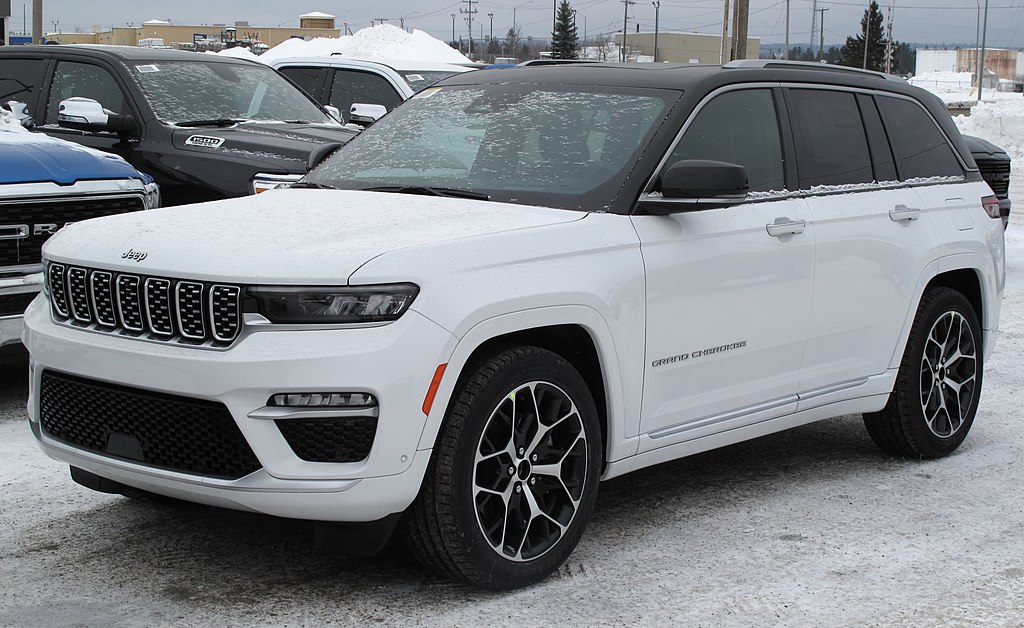The Rise of Modern Trucks: Power, Tech and Sustainability
Discover how contemporary trucks have transformed from pure work vehicles into versatile, tech-packed machines. This comprehensive guide explores pickups and commercial trucks — covering safety systems, hybrid and electric powertrains, dealer buying tips, maintenance best practices, market pricing, and environmental trends to help you choose the right truck.

Key Features of Today’s Pickup Trucks
Modern pickup trucks are no longer defined solely by brute strength. Today’s models merge traditional capability with advanced electronics, refined interiors, and efficiency-focused engineering. Common attributes include sophisticated driver-assist suites (lane-keep, automatic emergency braking, adaptive cruise), connected infotainment platforms with smartphone integration, and selectable drive modes for different tasks.
Powertrain diversity is increasingly common: turbocharged gasoline engines provide punch with better fuel use, hybrids offer improved efficiency and load-hauling balance, and manufacturers are introducing electric pickups that prioritize instant torque and lower running costs. Structural changes, like increased use of aluminum and high-strength steel, reduce weight without sacrificing durability, helping manufacturers meet fuel-economy targets while retaining towing and payload capacity.
Choosing the Right Truck at the Dealership
Selecting a truck starts by identifying purpose: daily commuting, weekend recreation, heavy towing, or commercial duties require different specifications. Dealership sales professionals can be valuable resources when they take the time to match cab size, bed length, drivetrain, and towing packages to the intended use. Ask about factory and dealer-installed options, tow packages, axle ratios, and payload ratings to ensure the vehicle meets real-world demands.
Beyond the vehicle itself, many dealerships provide services to smooth ownership: financing plans, lease offers, certified pre-owned warranties, and service contracts are common. Inspect service centers, technician qualifications, and parts availability when comparing dealers—especially if you expect heavy-duty or specialized use that may require prompt, knowledgeable maintenance.
Maintenance Practices That Preserve Value
Routine maintenance is still the foundation of long-lasting trucks. Adhering to manufacturer service intervals for oil changes, filter replacements, brake inspections, and drivetrain servicing prevents small problems from escalating. Modern trucks often include advanced onboard diagnostics and telematics that notify owners about potential issues early; heed these alerts and address faults promptly.
Using qualified technicians—ideally those trained by the vehicle manufacturer—helps maintain resale value and ensures warranty compliance. Keep service records and receipts: a documented maintenance history supports higher resale prices and easier trade-in negotiations. For commercial operators, planned preventive maintenance reduces downtime and operating costs over a vehicle’s lifecycle.
Market Trends and Pricing
The truck market now blends capability with comfort and luxury, so pricing ranges widely depending on trim, options, and intended application. Entry-level pickup trucks generally start near $30,000, while fully equipped luxury models can top $70,000. Commercial trucks span a broad spectrum, with specialized configurations and upfits pushing prices well beyond light-duty ranges.
| Truck Category | Starting Price Range | Key Features |
|---|---|---|
| Light-Duty Pickup | $30,000 - $45,000 | Daily driving, light towing |
| Mid-Size Pickup | $25,000 - $40,000 | Urban utility, moderate capability |
| Heavy-Duty Pickup | $35,000 - $80,000 | Maximum towing, commercial use |
| Commercial Truck | $50,000 - $150,000+ | Specialized business applications |
Prices, rates, or cost estimates mentioned in this article are based on the latest available information but may change over time. Independent research is advised before making financial decisions.
Environmental Considerations and the Road Ahead
Environmental pressure and regulation are driving manufacturers toward cleaner drivetrains and smarter designs. Hybrid systems can markedly improve efficiency in city and mixed driving, while battery-electric trucks eliminate tailpipe emissions and can lower operating costs, especially in stop-and-go or short-haul applications. Aerodynamic improvements, low-rolling-resistance tires, and lightweight materials are also part of the toolkit for reducing fuel consumption.
Despite the progress, combustion engines remain prevalent across many segments because of fuel availability, towing demands, and total-cost-of-ownership considerations. The transition to electrified trucks will likely be gradual, with hybrid and plug-in-hybrid solutions bridging the gap for buyers who need range and refueling flexibility today.
Balancing Capability, Comfort, and Sustainability
When evaluating a truck purchase, weigh utility requirements (towing capacity, payload, off-road capability) against daily comfort and lifecycle costs. Modern trucks can offer car-like interiors, high levels of connectivity, and premium safety suites that make them suitable as family vehicles as well as work tools. At the same time, newer powertrains and materials help reduce environmental impact without diminishing usefulness.
For businesses, consider total-cost-of-ownership calculations that include fuel, maintenance, downtime, incentives, and resale value. For private buyers, test drives across anticipated use cases—highway commuting, hauling, and low-speed maneuvering—reveal how well a truck suits your routine.
Final Thoughts
Trucks have evolved into multi-faceted platforms that blend strength with technology and, increasingly, sustainability. From the showroom to the job site, these vehicles adapt to varied demands through smarter engineering, expanded powertrain choices, and dealer services aimed at long-term ownership satisfaction. As regulations and consumer preferences continue to shift, expect trucks to become even more efficient, connected, and tailored to specific tasks—while preserving the durability and capability that have long defined them.





